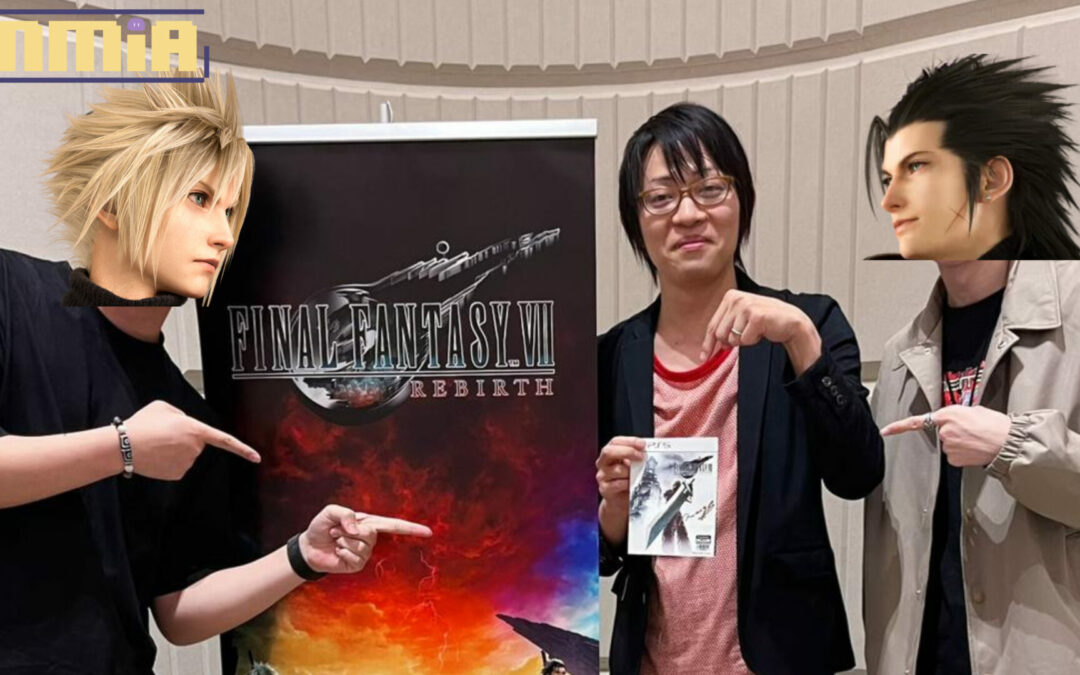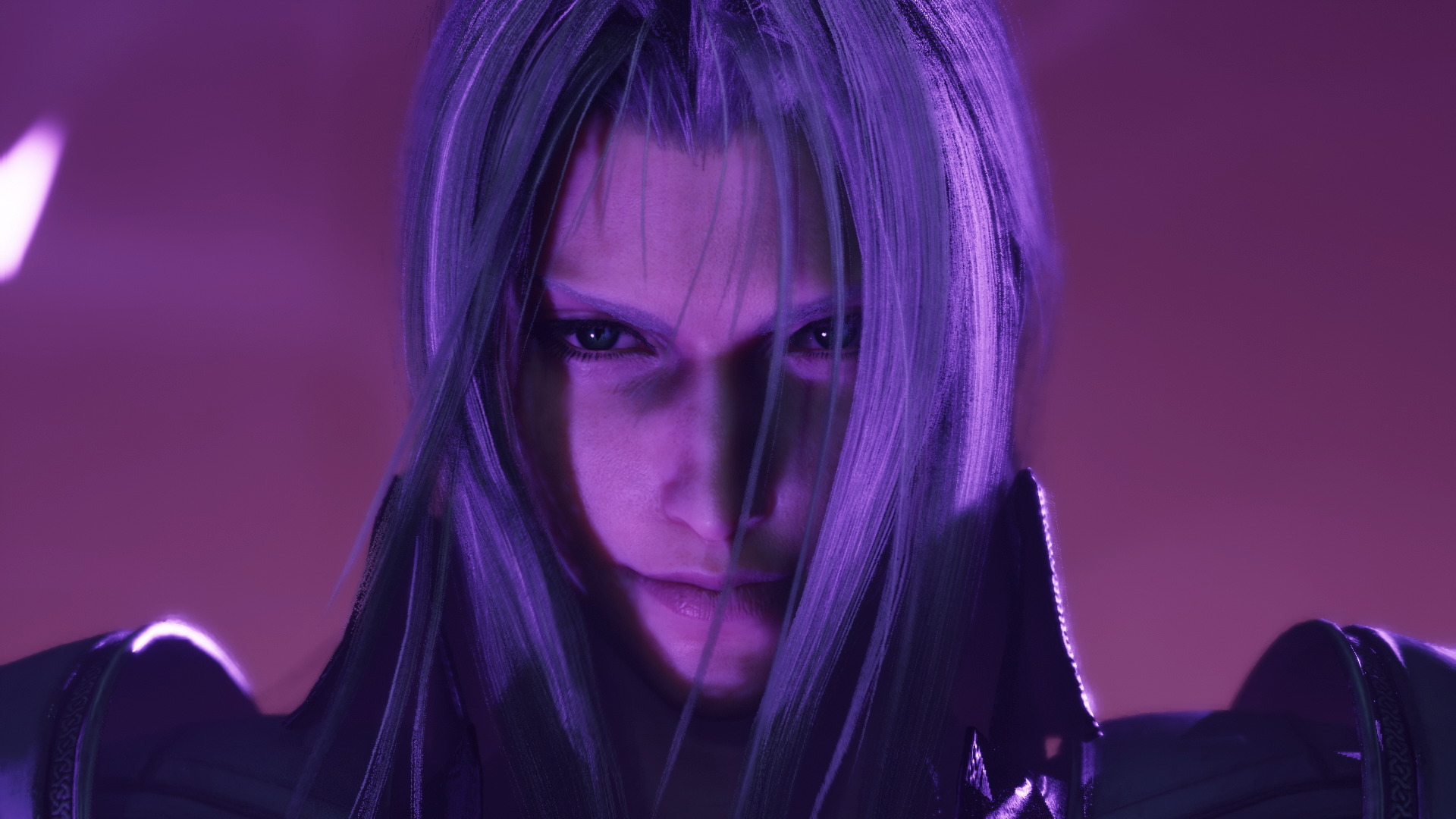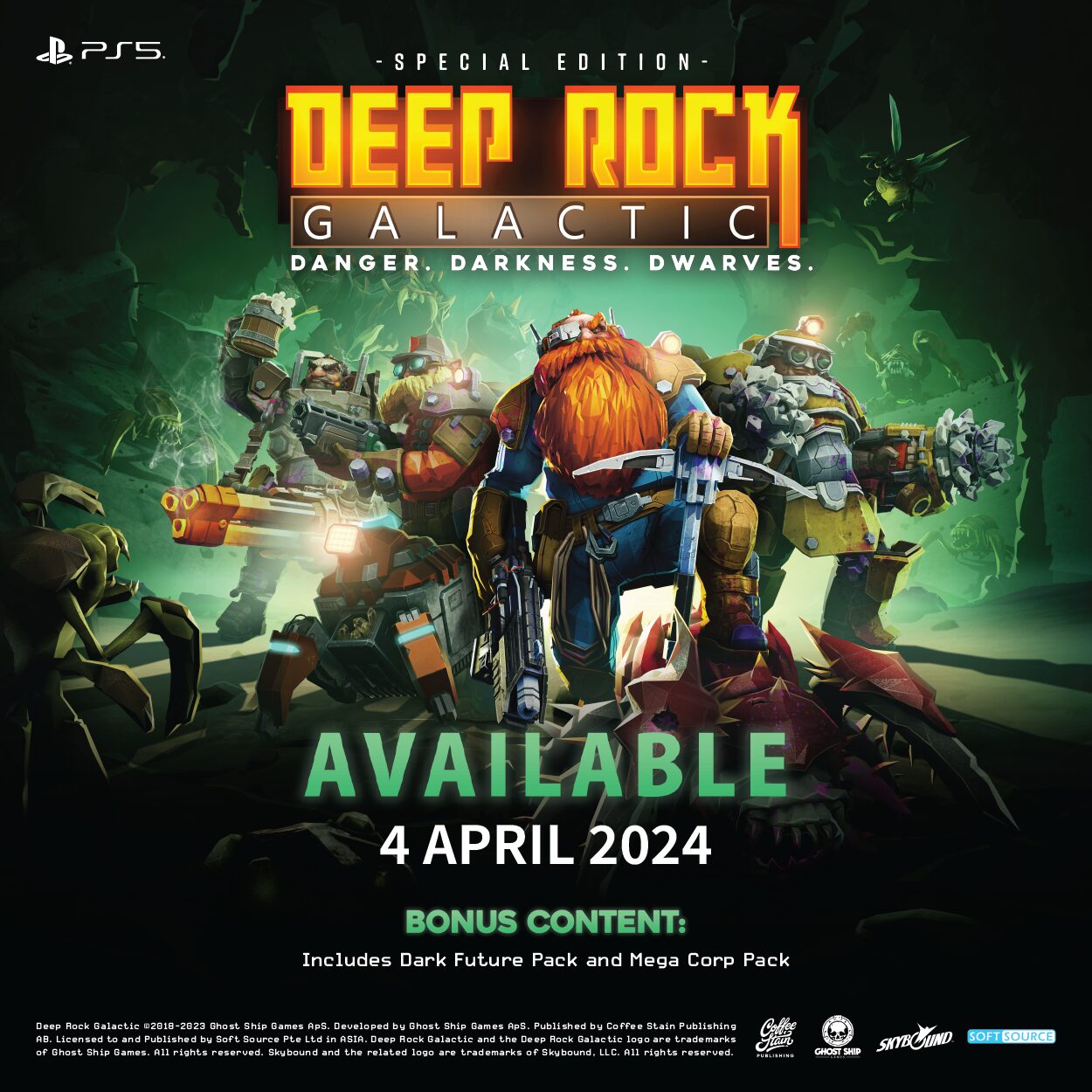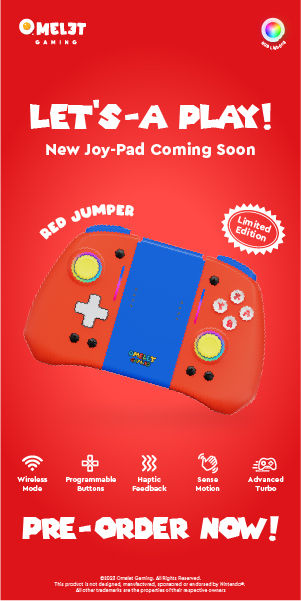Thanks to Bandai Namco Entertainment Asia, we had a chance to visit Thailand Game Show 2023, and had an interview with Naoki Hamaguchi, the Director of FINAL FANTASY VII REBIRTH. Here’s some question we’ve asked along with other SEA medias.
Q1: The synergy system in the Rebirth version is such a nice touch, it’s not merely a delightful addition because it adds depth to the gameplay, but it also brilliantly showcases Cloud’s dynamic combat strategy when working in tandem with his team. Could you shed some light on the design process that led to experimenting with various attack combos and shaping the characters in this unique context?
Naoki Hamaguchi: To delve into the design process, our approach wasn’t about comparing with the previous version and determining what to add; instead, it was about envisioning a design that seamlessly aligned with the narrative. In this iteration, we placed a heightened emphasis on fostering a strong connection between the characters and the player.
Intriguingly, soon after launching the Remake, we embarked on the development of Rebirth, and in this new venture, we set out to introduce fresh elements, including the innovative synergy system. Our inspiration for these additions stemmed from our experience in developing the previous Remake version.
Q2: Do you have any plan regarding Thailand localization for the game in the future like Thai subtitles or anything like that?
Naoki Hamaguchi: Presently, we haven’t solidified any plans beyond what we’ve already announced in terms of localization. However, it’s entirely possible that we may add in such options in the future.
Q3: Is there any new special scene or interaction between Cloud and the other party members that the player needs to explore and trigger by themself in the game?
Naoki Hamaguchi: In contrast to the previous version, this time around we’ve not only expanded the main story but also introduced a bunch of captivating side quests as mentioned during the previous press conference. With a rich array of content, our aim is to provide each user with a distinct and personalized gaming experience. Therefore, you can indeed expect a wide range of scenes and interactions, encompassing both the mandatory and optional ones, all designed for your enjoyment.
Q4: What inspired you the most when revisiting FF7 (Final Fantasy VII) for this project?
Naoki Hamaguchi: When we first decided to do the Remake, our primary concern revolved around the balance of revising the original game while preserving its beloved essence, considering Final Fantasy VII’s immense popularity among the fans. The challenge lay in determining which aspects to retain and which to transform. Communicating these changes to both existing old and new players was a formidable task, as we needed to ensure everyone understood what are the changes we made and what aspects remain the same in the game.
It’s not really an inspiration from the previous FF7 game, but there is one moment that made me clearly understand what to change for the remake of the game is when I watched a Disney animation and its corresponding live-action adaptation. Observing the live-action film, I witnessed how they meticulously navigated the fine line between what to alter and what to uphold, all the while safeguarding the core narrative of the original animation. This insight helped guide our approach to the remake, enabling us to strike a balance between respecting the classic and ushering in exciting new dimensions.
Q5: People have experienced the gameplay for Rebirth from both Tokyo game show and here Thailand, and we noticed one detail in the gameplay. From the previous FF7, Red XIII will just run around, fighting alongside the main cast, but we noticed here in Rebirth he’s riding a Chocobo. Could you please explain why?
Naoki Hamaguchi: Indeed, this decision was based on two key factors. First, since we decided to feature Chocobo as the primary riding companions in this game, our designers came up with the design of Red XIII riding a Chocobo and it’s so cute. And so we believe players will find it quite charming, which is why we incorporated it into the game. Second, Chocobo possesses a range of special techniques, including kicking, jumping, and even flying, unique to these feathered friends. As we couldn’t create these abilities for Red XIII himself, we decided to have him ride a Chocobo to allow players to experience and utilize these special Chocobo techniques in his battles.
Q6: Let’s talk about the playable Sephiroth scene in the hands-on demo. So what thoughts went into the process for making the banter and the voice line there because it turned out a lot more playful than expected, which is kind of different from what you would think of Sephiroth’s character.
Naoki Hamaguchi: In the playable scene featuring both Cloud and Sephiroth, it’s actually staged in Nibelheim six years ago, a time when Sephiroth was still human. The reason for Cloud’s more playful demeanor than expected is because he’s essentially reliving a memory within himself that isn’t actually his own, which you might know already if you played before. These are the core concepts we aimed to deliver in this playable demo segment.
When we made the decision to create FF7 Remake, we had two primary approaches in mind. The first was to maintain the core story of the game while leveraging contemporary techniques. This approach allows players to potentially discover nuances in the narrative or character traits that they might not have realized in the original FF7. It’s about enhancing the overall experience.
The second approach involved introducing new elements to the game, giving players fresh and unexpected experiences. For instance, in the previous Remake version, we introduced the enigmatic “Feeler” (Whisper) characters, and in this new version, Feeler characters make a return. This same principle applies to characters like Zack, whose appearance in the game sparks curiosity among players, leaving them to wonder about the unfolding of his story. These are the kind of surprises and enhancements we sought to bring to players in FF7 Remake.
Q7: One last question regarding the Cloud and Sephiroth playable scene. Many fans have expressed their adoration for their dynamic, especially when Sephiroth playfully refers to Cloud as “a puppy.” How did the development team react to the enthusiastic response from fans about this particular moment?
Naoki Hamaguchi: That’s exactly what the development team aimed to achieve, and we’re thrilled to see such a positive reaction from the fans! When crafting Cloud’s character, the team invested a considerable amount of time and care in his development, including aspects like voice acting and facial animations. The goal was to ensure that his interactions with other characters, such as Zack and Sephiroth, resonated with players, and we’re delighted that it seems to have been well received.
Q8: My question is regarding the trophies system in Playstation. So previously the hard mode of the game was really challenging and the game required the player to complete the game at least twice in order to get the Platinum Trophy for the game. For this time will it be the same and how is the trophies’ difficulty for this new title?
Naoki Hamaguchi: Do you think Platinum Trophy should be hard or easier?
Ryuuji (Nmia): Harder perhaps?
Naoki Hamaguchi: If you find that the sense of accomplishment comes from overcoming substantial challenges, then you’re in for some good news! In this version, obtaining the Platinum trophy is notably more challenging compared to the previous one. We’ve introduced a vast World Map, which demands thorough exploration to collect materials and items, making it quite a daunting task.
However, we’ve also designed the game to offer players a high degree of freedom. For instance, in terms of mission progression, players have the autonomy to make decisions on how they want to tackle their objectives. This includes choosing which quests to prioritize, revisiting previously cleared quests, or even resetting them. We believe that this level of flexibility will greatly assist players in their quest to complete the trophy system.
Q: Were there any specific aspects of the original FF7 that you yourself particularly excited to reimagine or bring back?
Naoki Hamaguchi: In terms of reimagination, we carefully considered every aspect of the original game, and it was quite challenging to choose which parts to update. However, if I had to pick a specific memory from the game that excites me, it would be the revival of Rufus’s welcoming ceremony.
As I recall, it was a rather simple minigame in the original version, where Cloud had to seamlessly join the parade. If you did it smoothly, Rufus would offer a compliment. In Rebirth, we set out to reimagine this scene in a way that respects the original but makes it more entertaining. What’s unique in Rebirth is Cloud not only have to seamlessly join the parade as in the original version but we also allow him to form his own party by recruiting soldiers to march with him. This means each player can create their own group of soldiers for the parade upon arriving in Junon, resulting in a different combination of soldiers and a unique performance for each player. It’s a feature that adds to what we can achieve today, enhancing the experience beyond what was possible back in the day.
Q: Looking back at the Remake, we know that there was a lot of feedback from the players and communities, of course most of it are positive things about the game. So, was there any particular feedback that really stood out to you and had a significant impact on how you approached the development of Rebirth?
Naoki Hamaguchi: Certainly, as we worked on the Remake and its subsequent versions, we’ve always had the trilogy in mind, including this Rebirth version. It was crucial for us not to simply replicate the same design across all versions because that might cause players to lose interest and anticipation for the third game in the series. We aimed to raise expectations and surprise fans by taking various feedback into account.
For instance, in the Remake version, once players progressed past a certain point, they couldn’t return to previous locations. In this Rebirth version, we’ve made exploration more player-centric, allowing players the freedom to decide when and how they want to revisit earlier locations, even during the main story. Players can make more independent and free decisions this time, creating a more open-ended experience. In short, compared to the previous Remake version, this time players will feel like they are the one in control and deciding where to go and what to do, rather than following a linear progression. This part is one of the changes we made based on fans feedback as well.
Also, there is one small moment that remains in my memory regarding player’s feedback. When making the Remake version, back in development time, I decided to raise the overall difficulty of the minigames in the Wall Market of the Remake version just so players can memorise that moment in the game and feel a sense of accomplishment after clearing it. Anyway, I distinctly recall a comment on social media where someone exclaiming: “Who made these insanely difficult minigames?!” and it brought me a great deal of joy to see players react that way!











